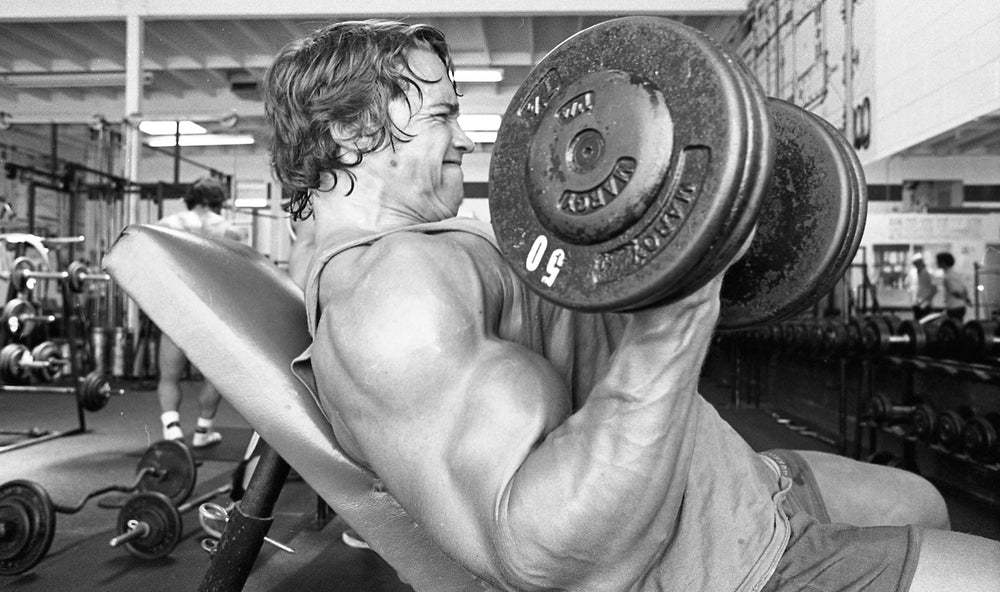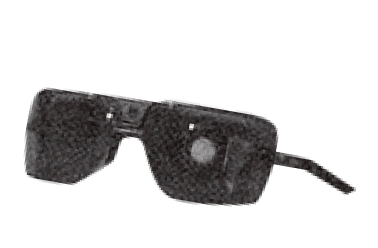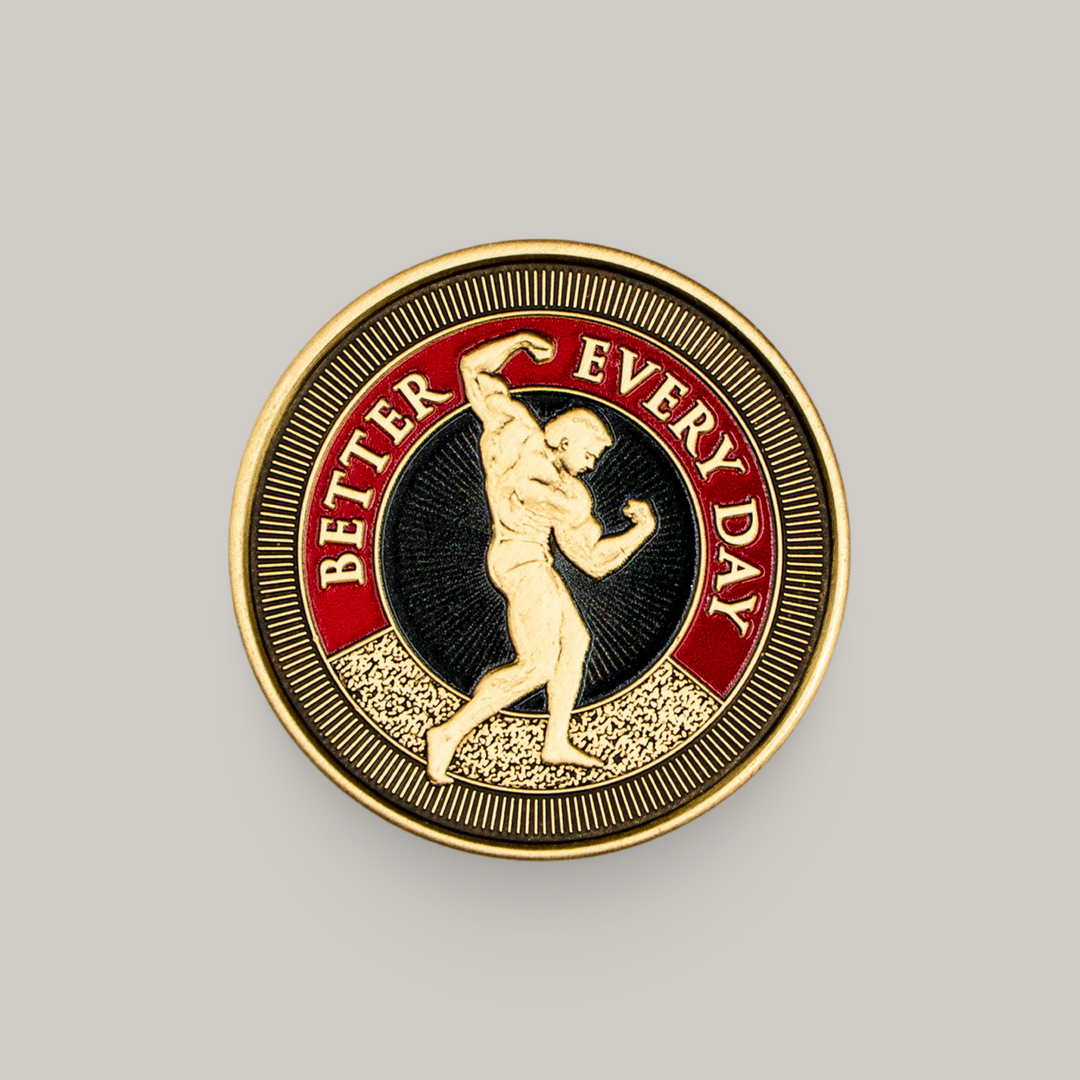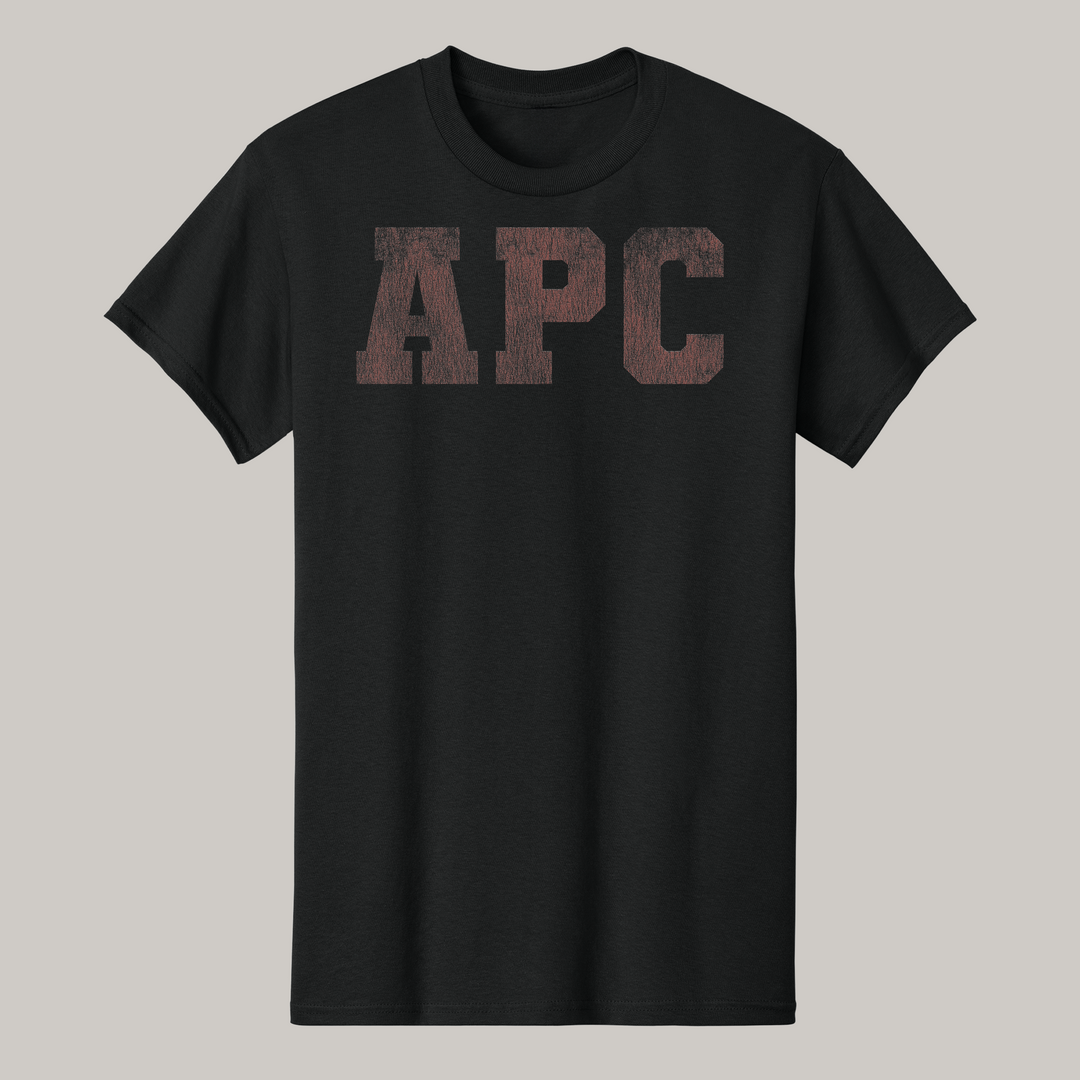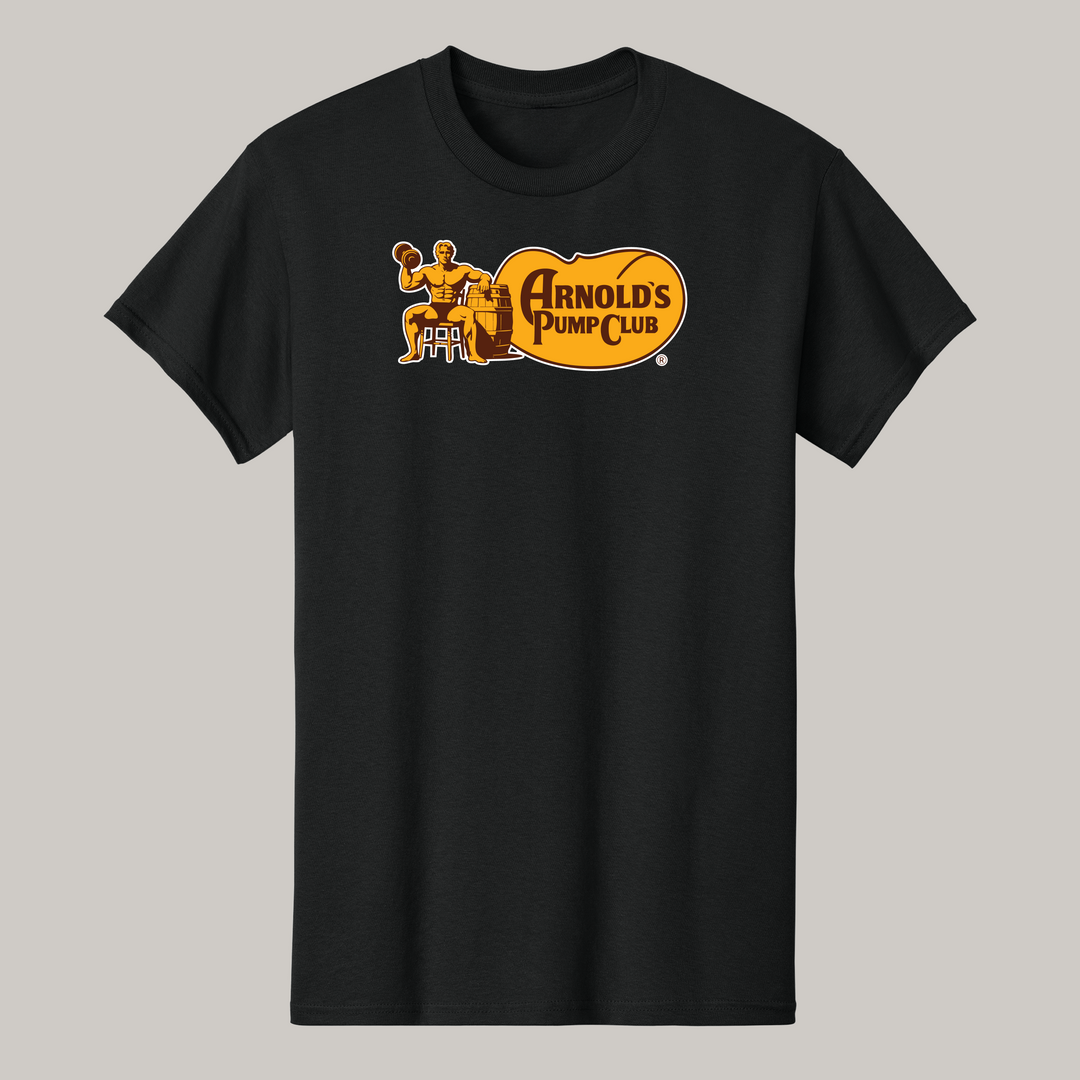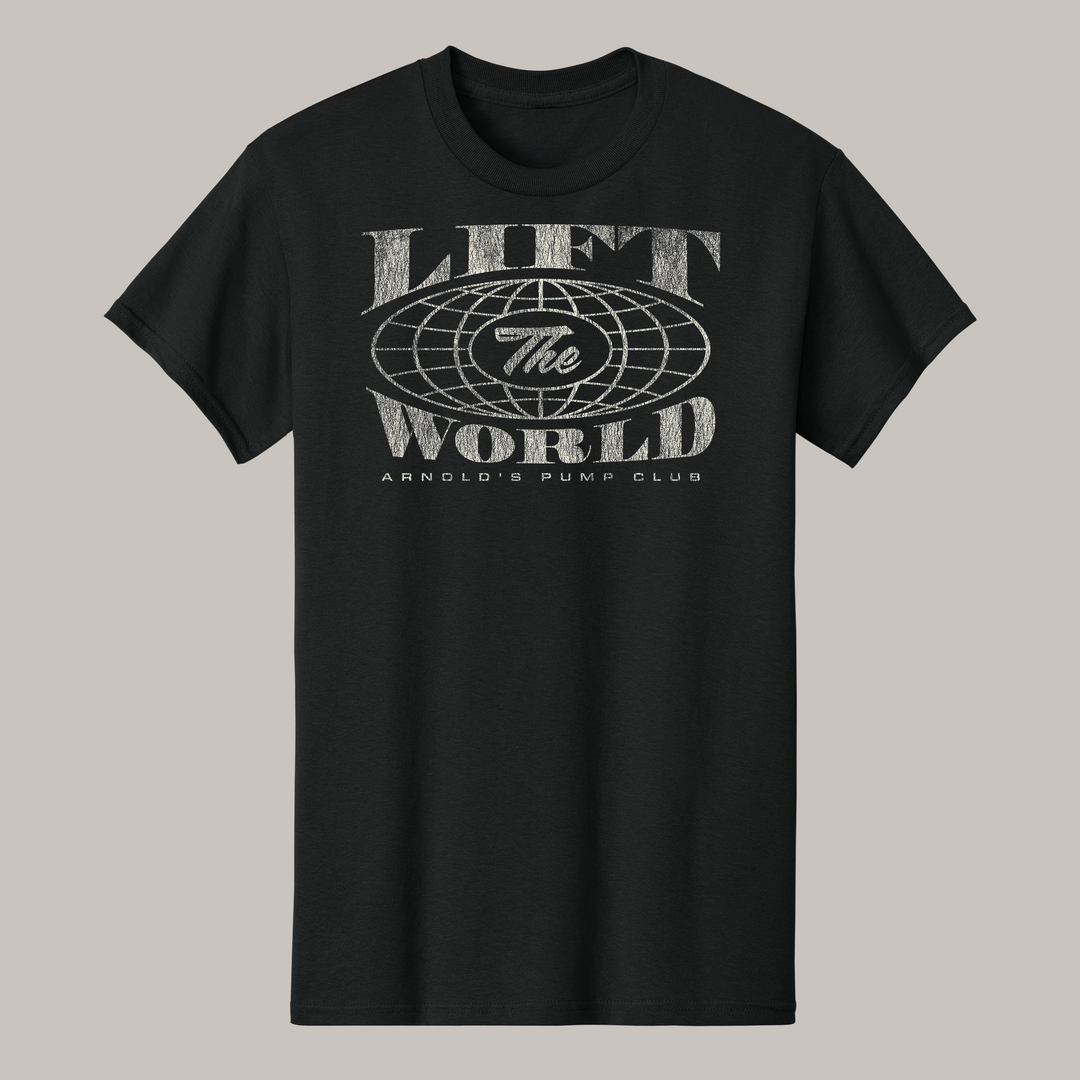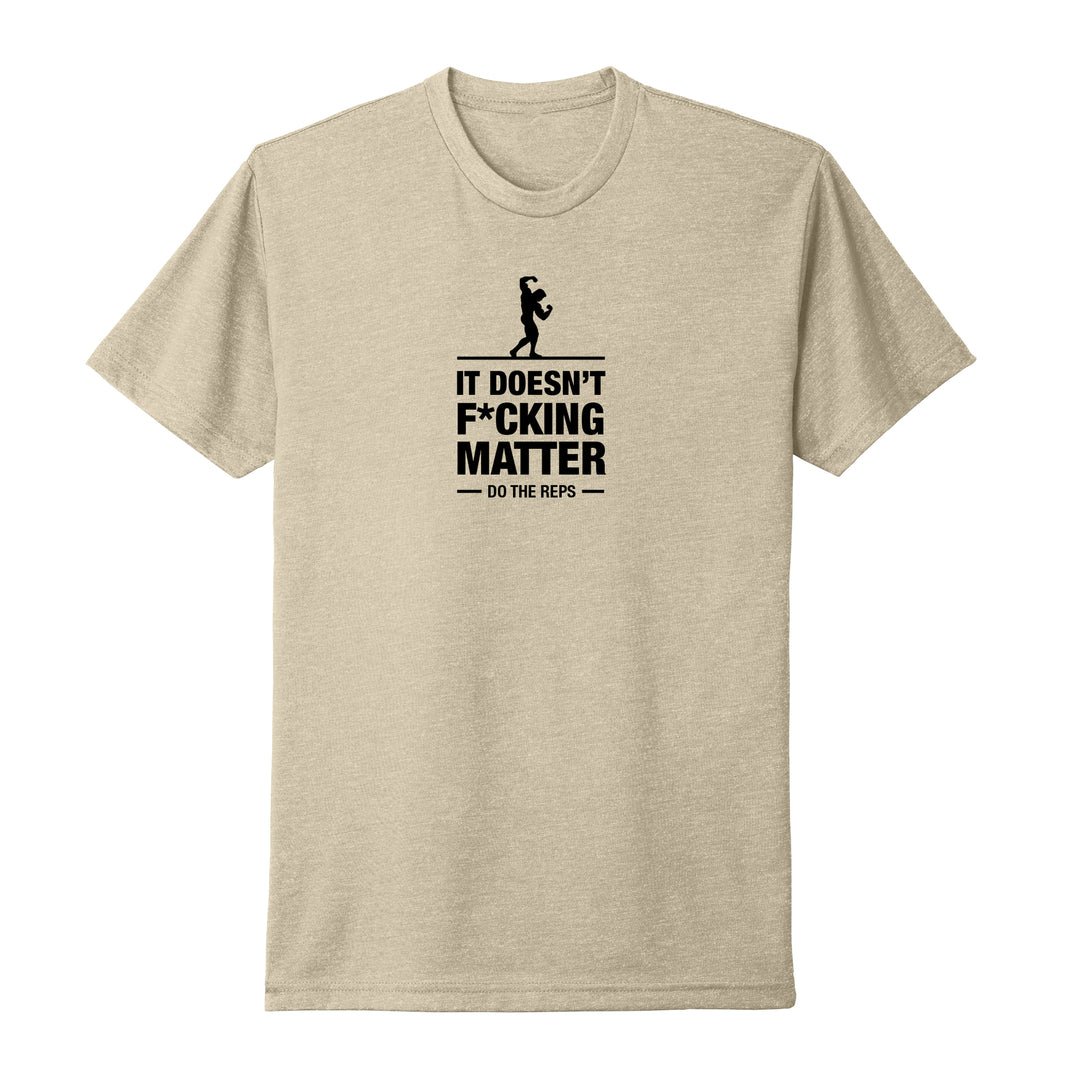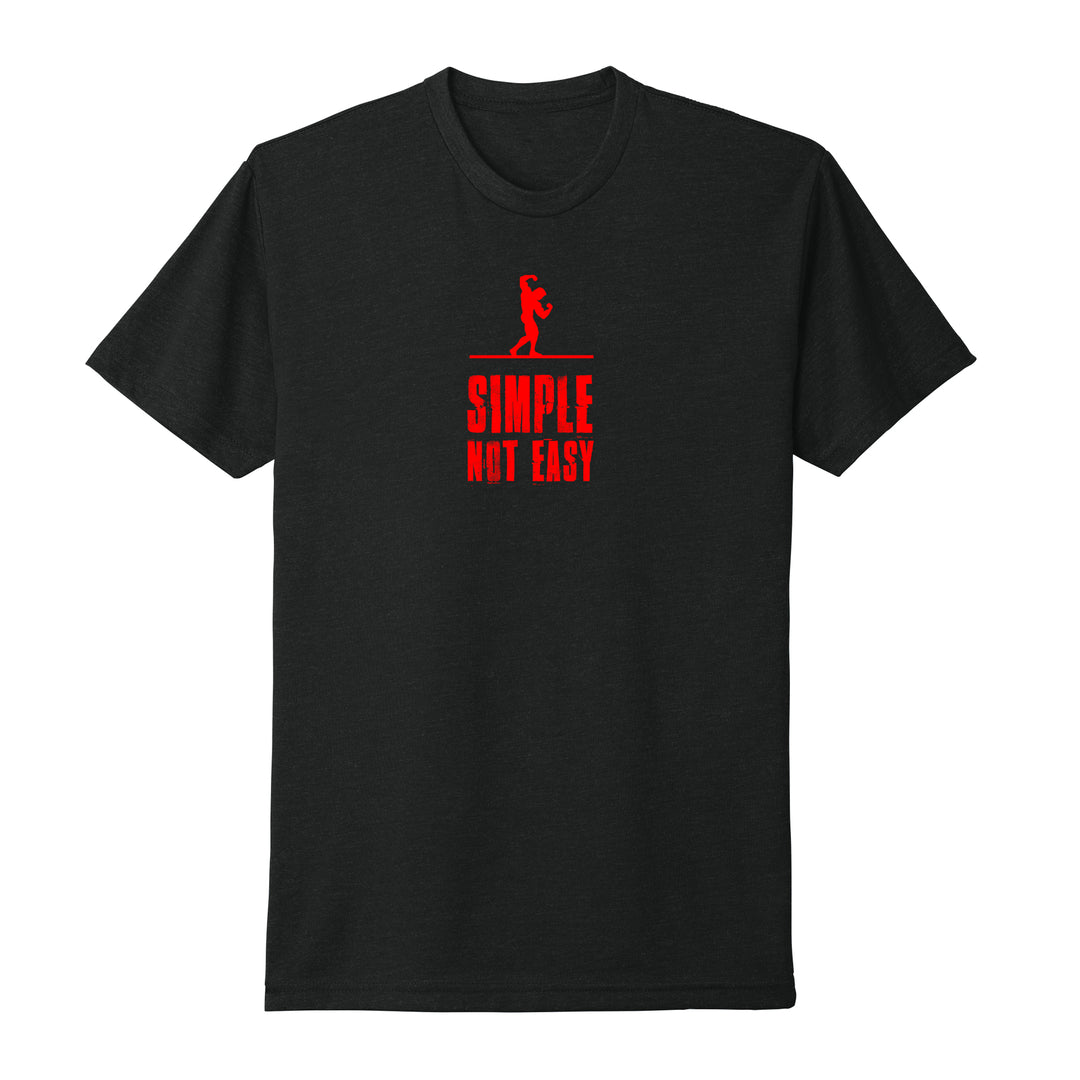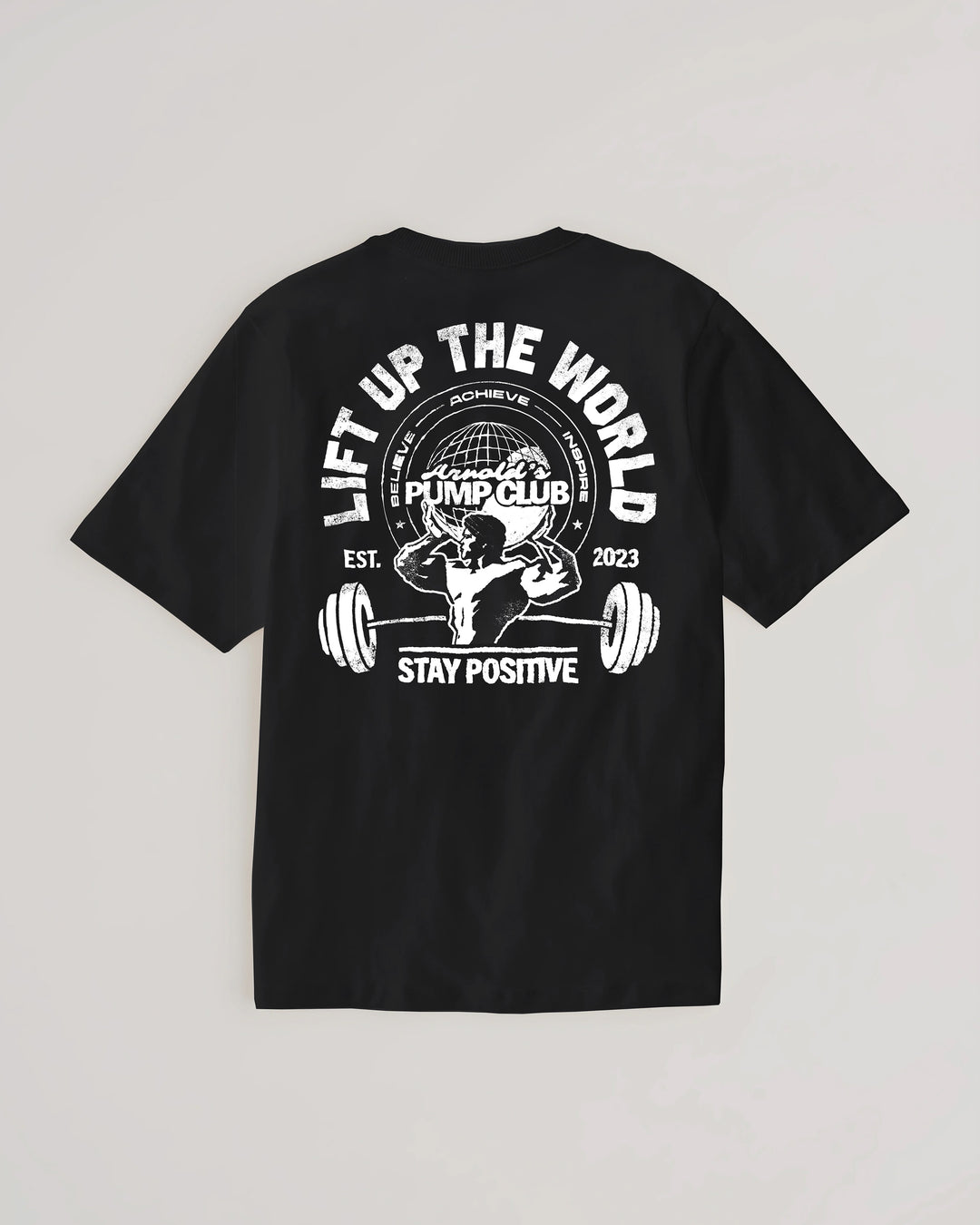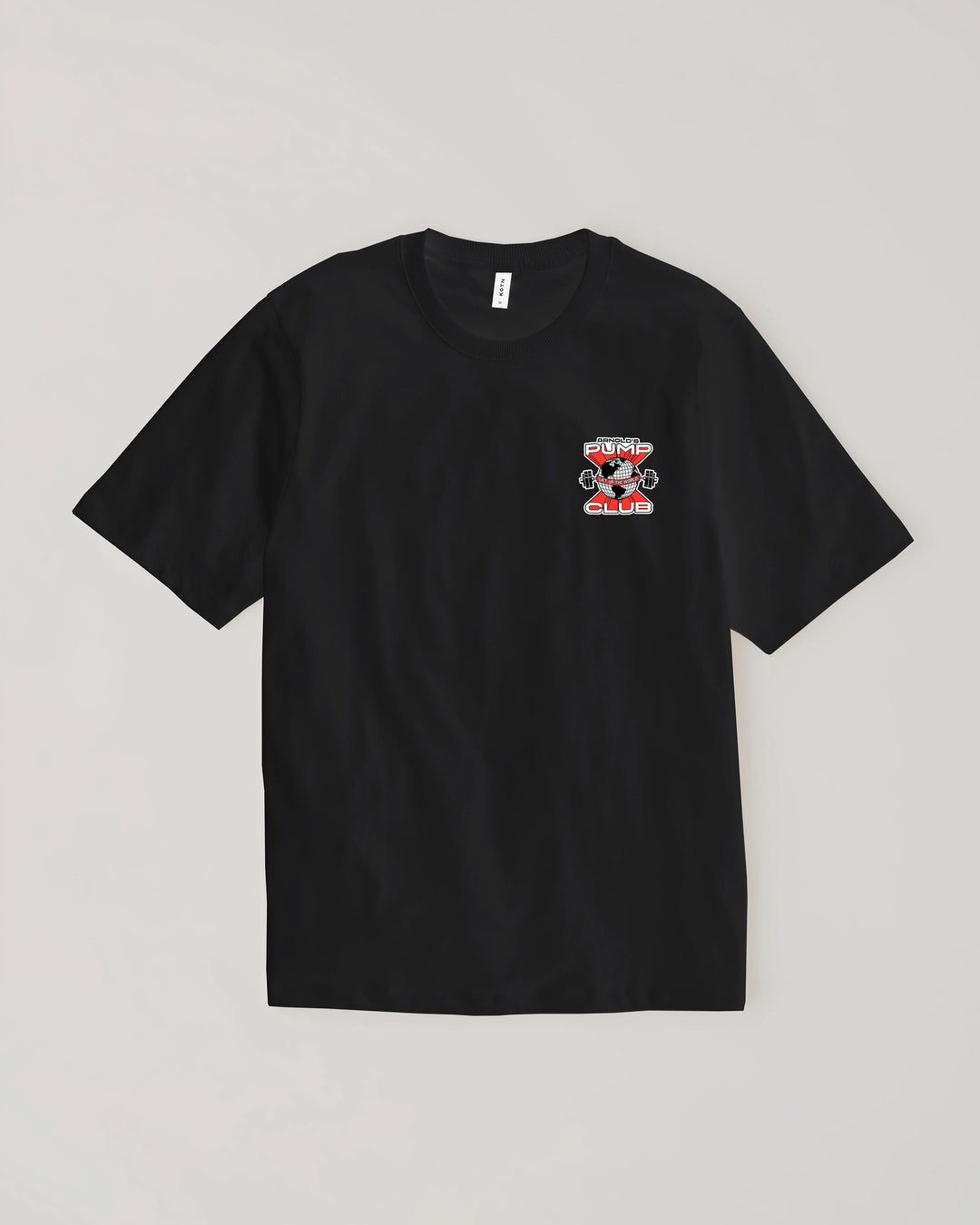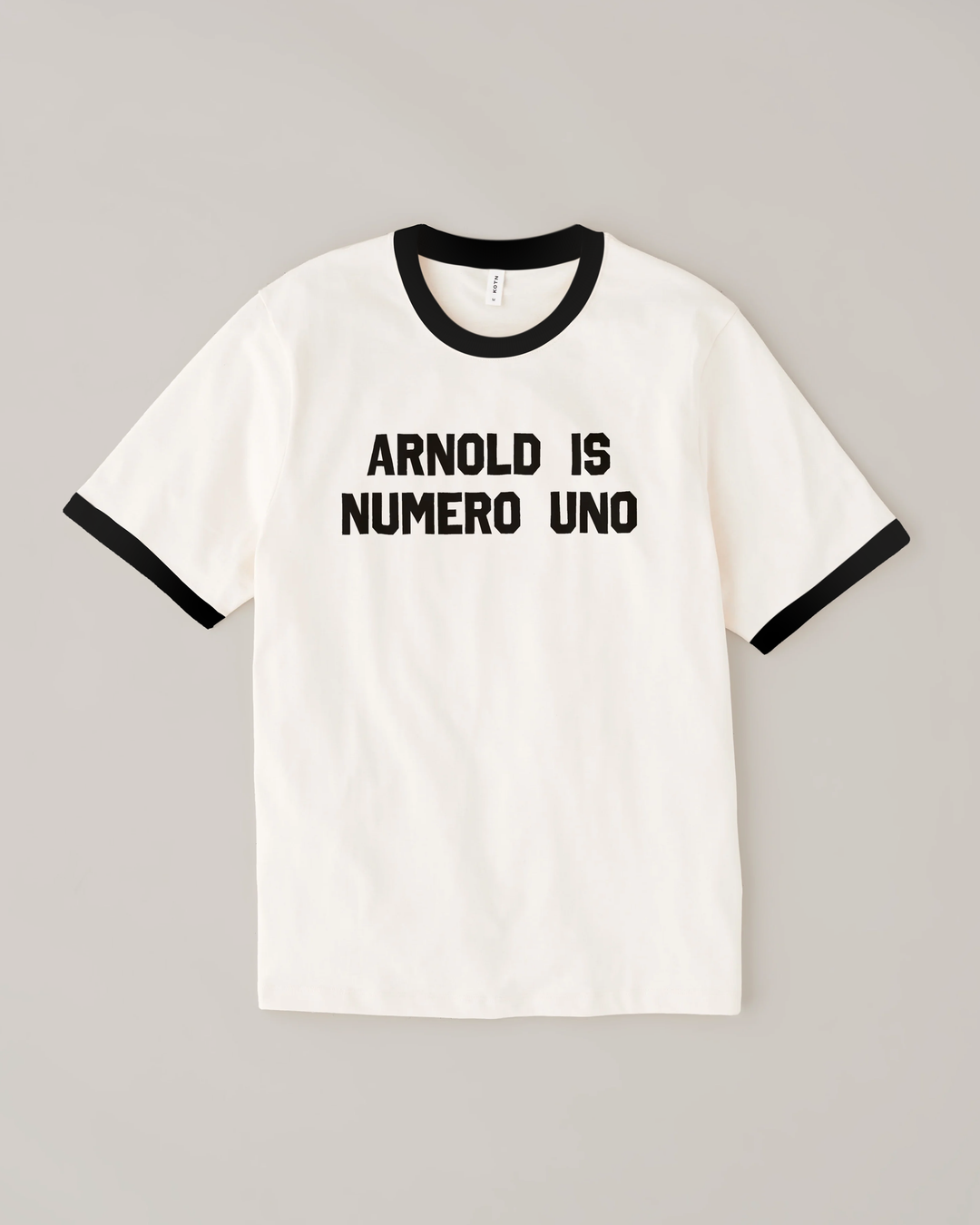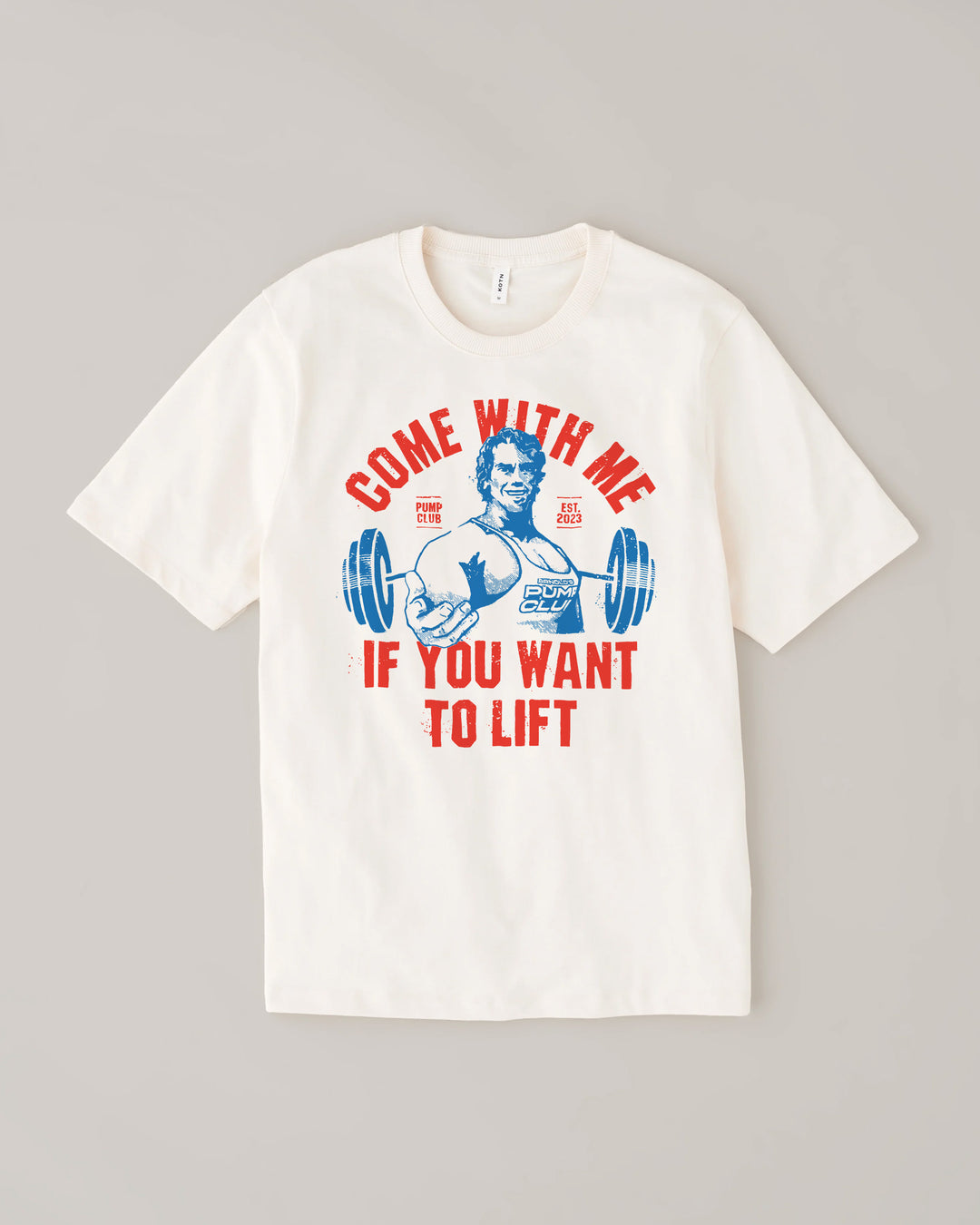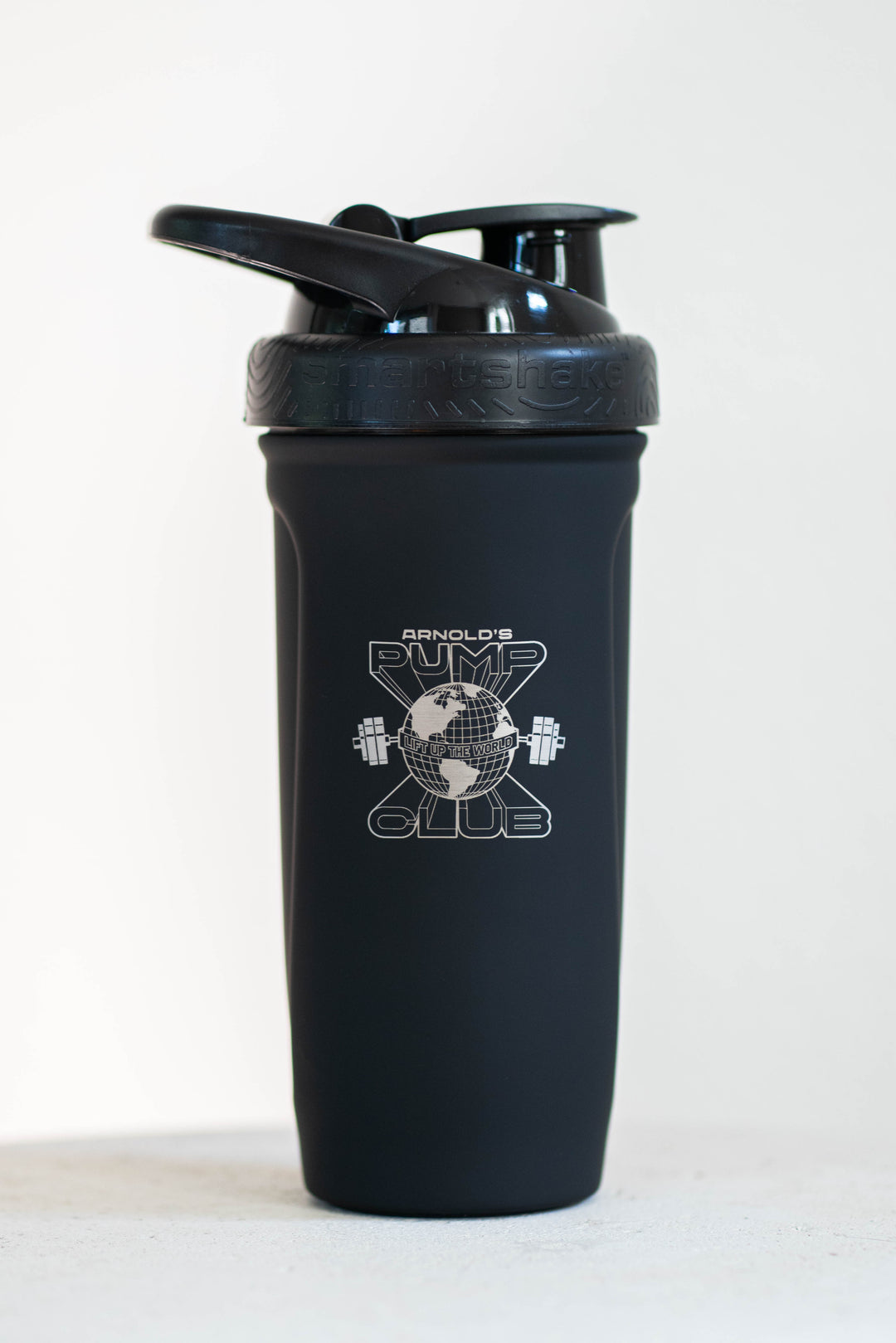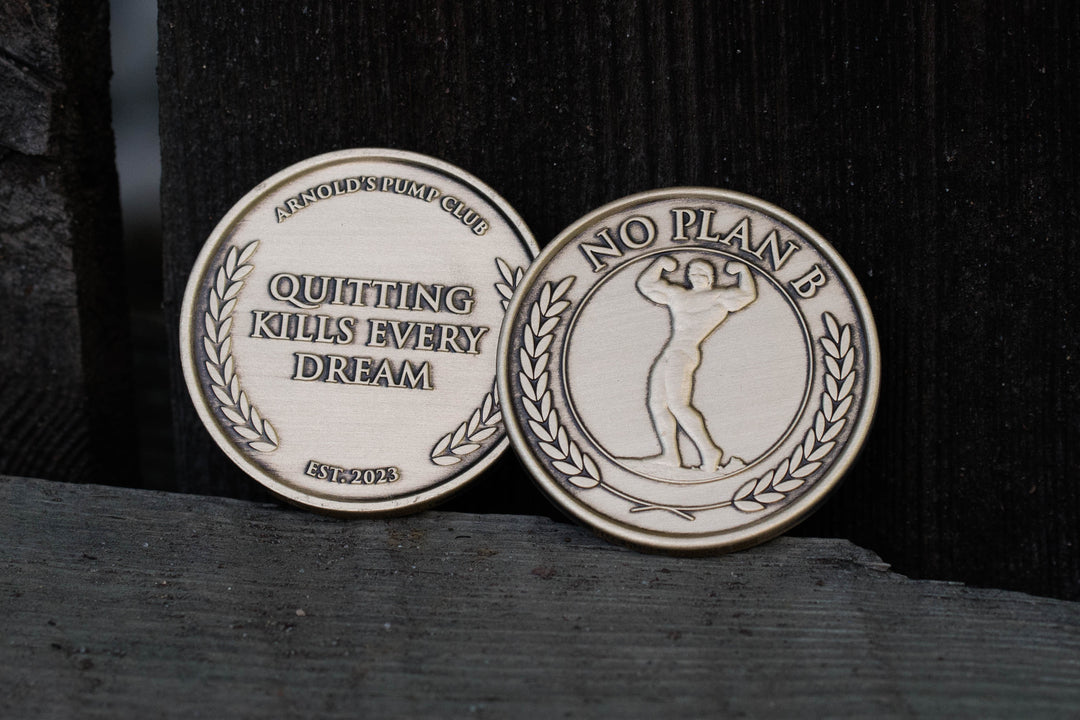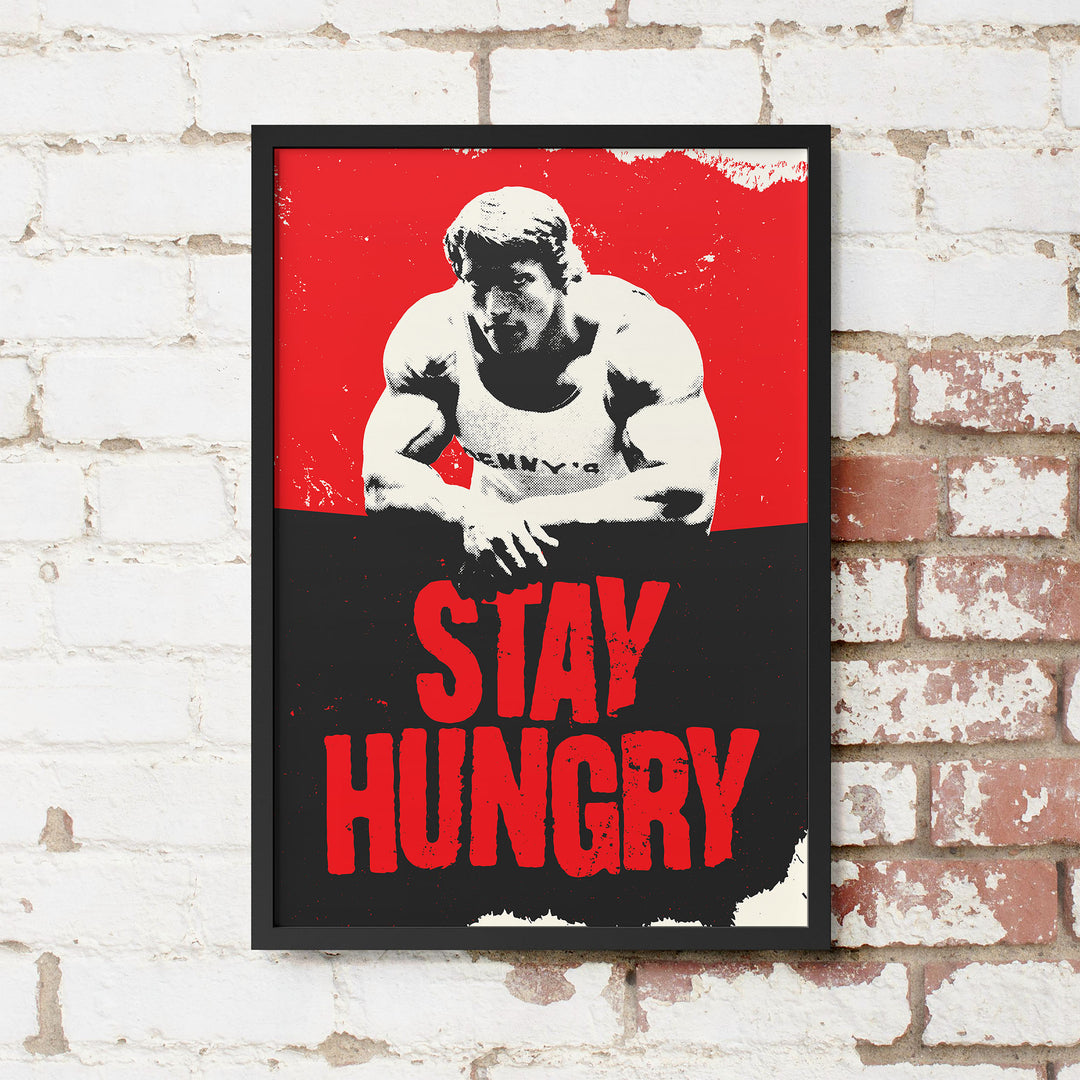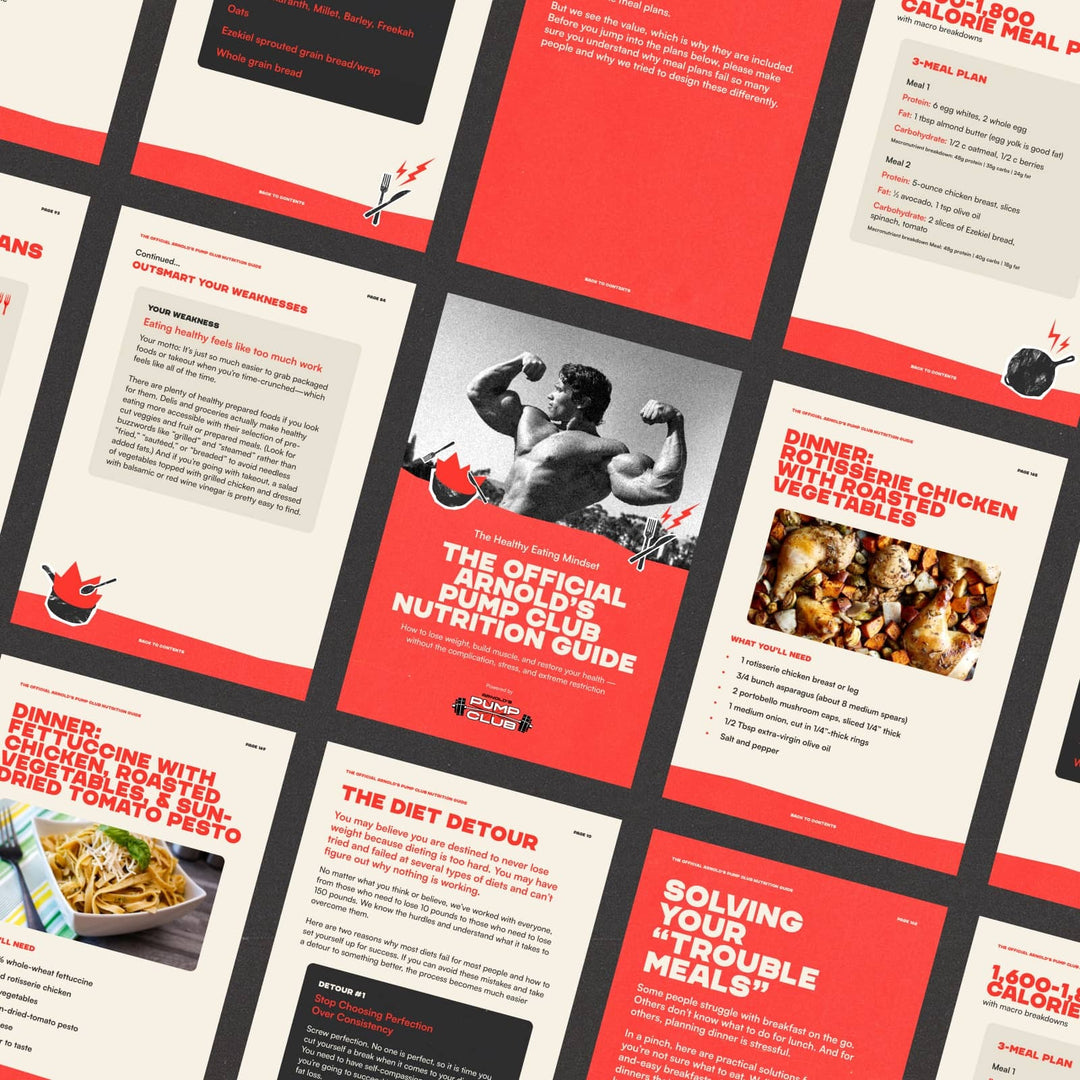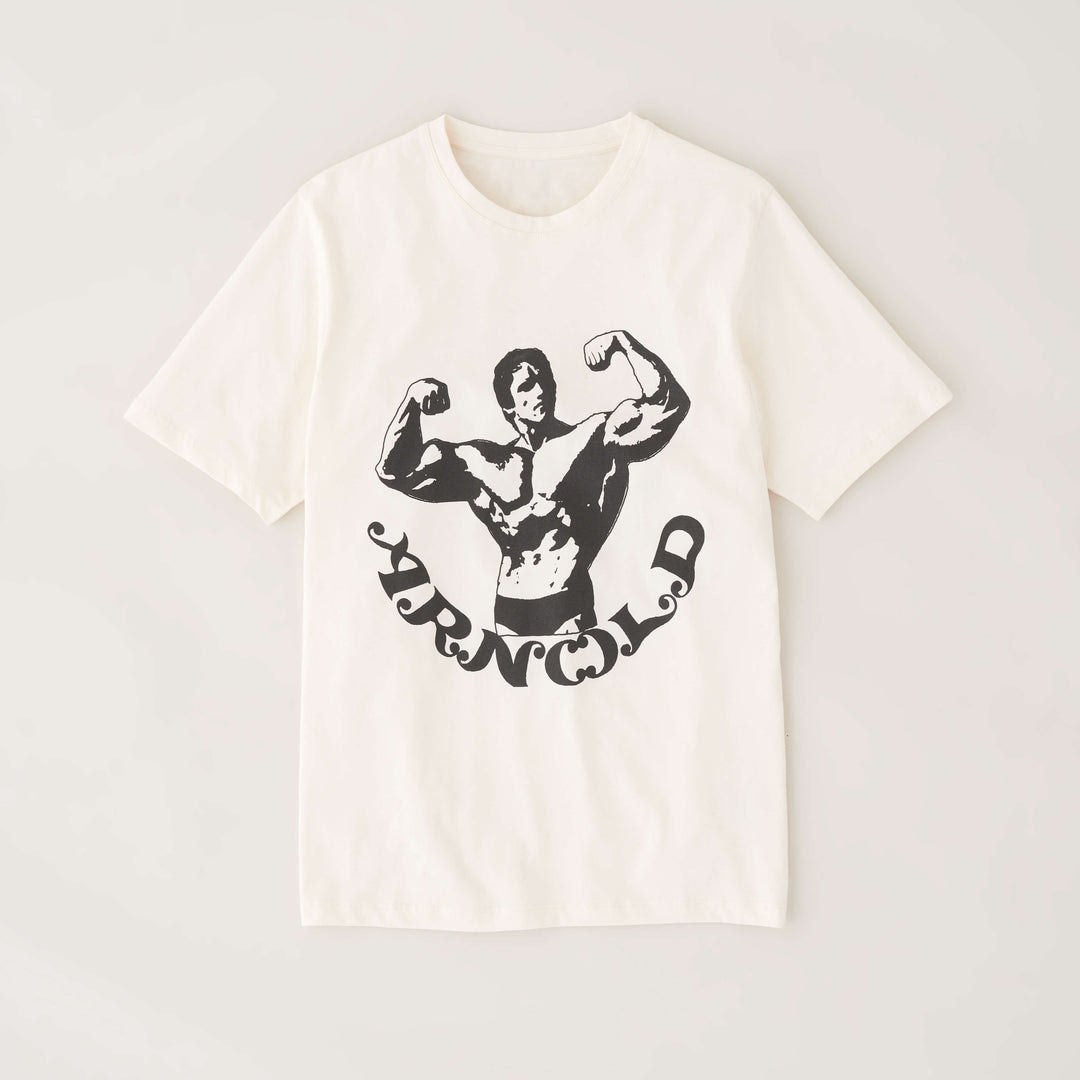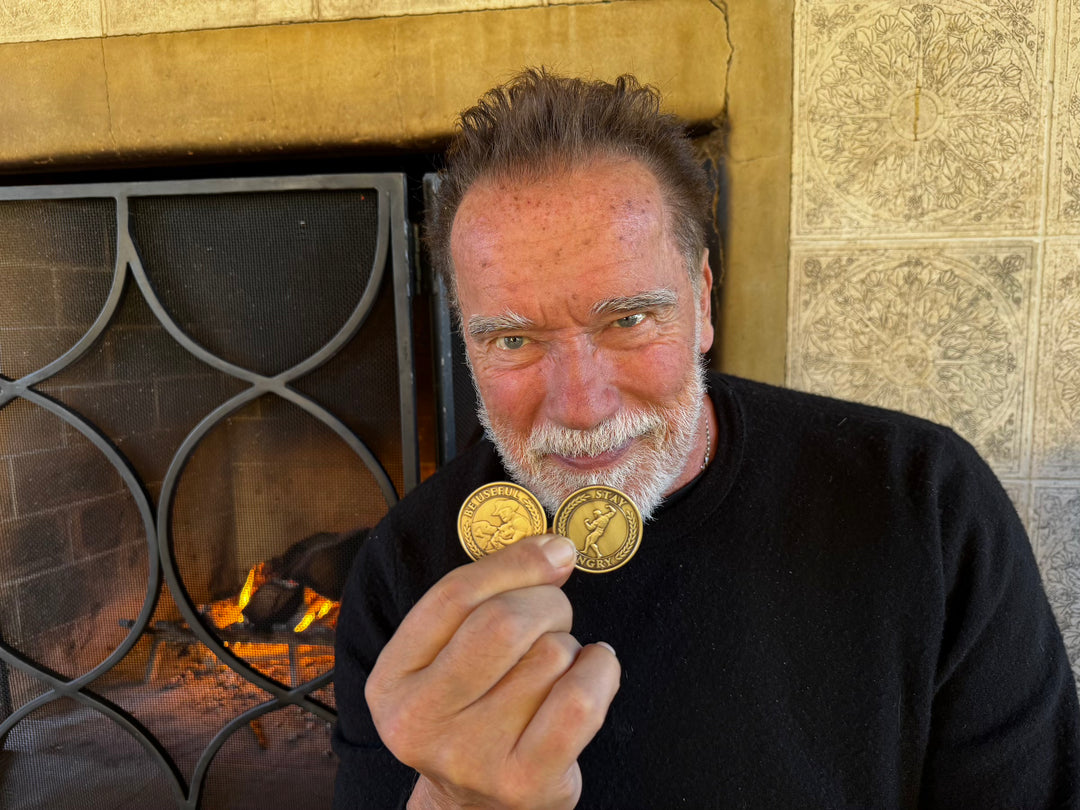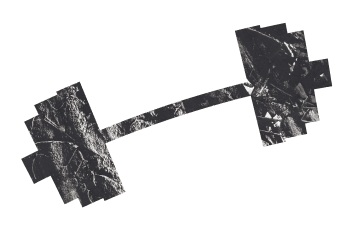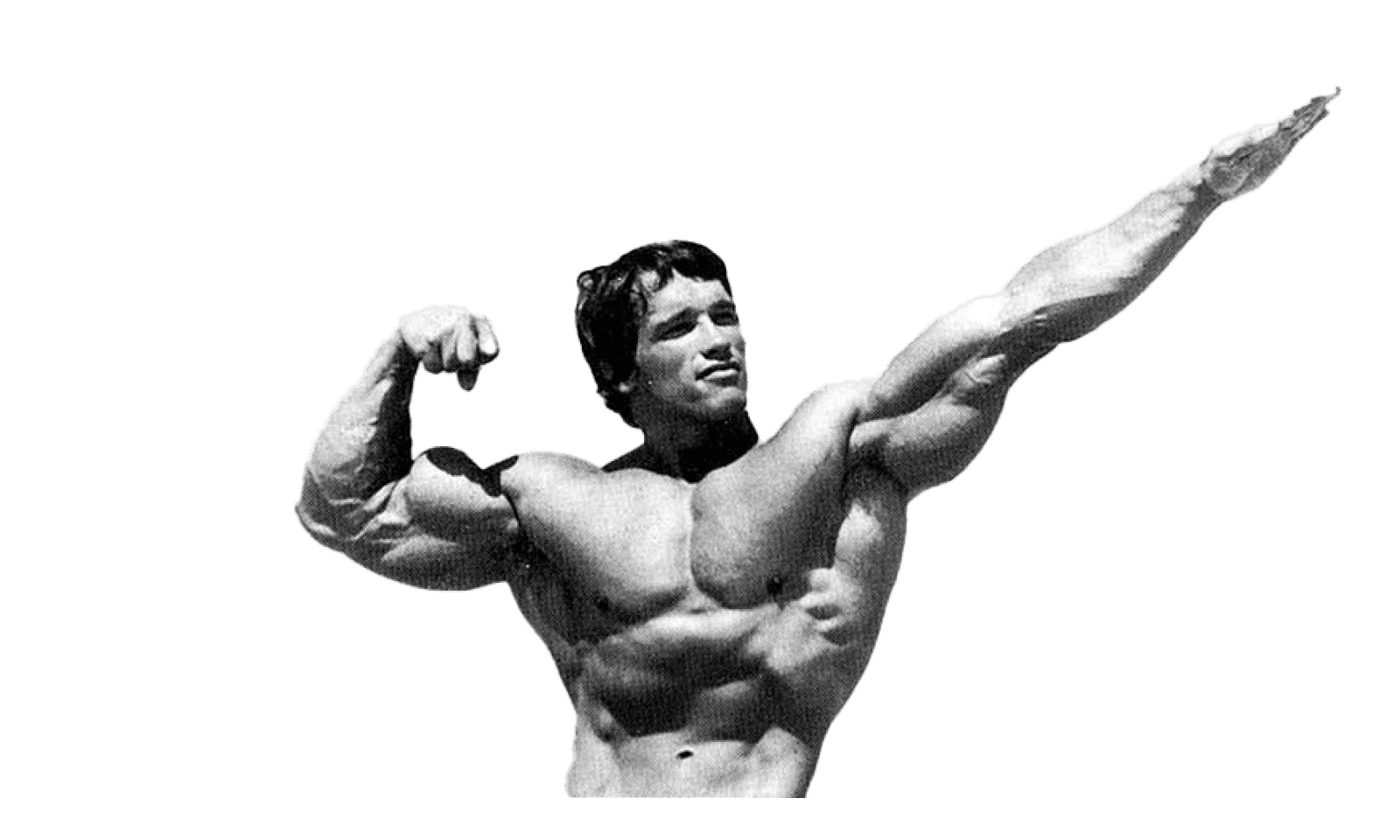Welcome to the positive corner of the internet. Here’s a daily digest designed to make you healthier in less than 5 minutes. If you were forwarded this message, you can get the free daily email here.
Today’s Health Upgrade
Breakfast like a champion
The best is yet to come
Beef up your biceps
Want more stories from Arnold? Listen to Arnold's Pump Club podcast. It's like the daily newsletter, but with additional narration and thoughts from Arnold. You can subscribe on Apple, Spotify, Google, or wherever you listen to podcasts.
Breakfast Like A Champion
How many calories you eat still determines whether you gain or lose weight. But, more research is starting to suggest that when you have your largest meals might influence how well you can control your weight.
Research suggests that people who have their biggest meal in the morning might have an easier time losing weight than those who have their biggest meal at night.
A review of nine studies found that people who ate most of their calories earlier in the day lost more weight than those who ate more of their calories in the evening. And those breakfast lovers showed more improvement in their cholesterol and blood sugar.
While it’s not completely clear why morning eaters tend to do better, scientists are finding pieces of the puzzle. Another study found that people who ate more calories earlier in the day had an easier time controlling their hunger and storing less fat. This is likely because having calories at night increases the hormone ghrelin, which controls your appetite, and decreases the hormone leptin, which keeps you feeling full. The combination can help you consume fewer calories.
Not to mention, the scientists also found evidence that the more you eat at night, the harder it might be for an enzyme that burns fat (lipase) to work as effectively as it usually does in the evening.
Does this mean late-night eaters can't lose fat? Not at all. Sometimes your lifestyle or job might require you to eat more at certain times of the day. If so, don’t worry. If you have to eat more at night -- or that is what works best for you -- build your meals around protein and fiber to increase satisfaction (and limit overeating), limit ultra-processed foods (but don't stress being perfect), prioritize movement and sleep, and don't worry about it.
If you have trouble controlling your hunger, eating more earlier in the day and throttling down as the day goes on could be helpful. This is Arnold’s style of eating. He has a big breakfast, a protein-filled lunch, and his smallest meal of the day is usually dinner. Give it a try, and it could be the type of easy change that leads to a new habit that delivers the desired results.
The Best Is Yet To Come
You might be worried that father time could be holding you back. But scientists are discovering that — much like the T-800 — you might be old(er), but that doesn’t mean you’re obsolete.
Research suggests you’ll keep peaking in new ways as you age.
“At every age, you are getting better at some things and worse at others,” according to Joshua Hartshorne, an assistant professor of psychology at Boston College, who The Wall Street Journal interviewed in an interesting article about physical and mental peaks.
Some of the physical advantages of youth are obvious, such as speed and explosiveness. That’s because your ratio of fast-twitch to slow-twitch muscle fibers decreases as you get older. But, muscular and aerobic endurance continues to peak later in age. And aging doesn't mean you stop building muscle. Even if you’re starting late, research suggests you can gain new muscle as late as your 70s. And it can be done in as little as two or three weight training sessions per week, sometimes lasting just 15 to 20 minutes.
Your aging advantage isn’t limited to your body. Your mind also gets sharper with time. You might have more “raw processing power” when you’re younger, but your ability to strategize, stress less, and think more clearly improves with time and experience.
Best of all? We’re rewriting the book on what we previously thought was possible. The age of peak performance continues to increase. For example, according to the WSJ article, the average age of the top 100 men and women in tennis is four to six years older, respectively, than in the 1980s.
And you can control how much aging holds you back. Research suggests that five different lifestyle factors — not smoking, maintaining a healthy weight, moderate exercise for 30 minutes per day, low alcohol intake, and eating vegetables, fruits, fiber (grains and seeds), healthy fats (like eggs and avocado), and lean proteins (whether plant or animal-based) — can help add up to 13 years of your life and improve quality of life.
Instead of thinking of aging as a weakness, see it as an opportunity to improve and become the best version of yourself.
Beef Up Your Biceps
Your biceps have three primary functions: Bringing your hand to your shoulder (flexion), opening your palm to the sky(supination), and raising your arm.
And yet, when you do your biceps curls, you don’t tap into all the ways you can force your biceps to work harder. That’s why a subtle shift that adds shoulder flexion to your curls can help you build bigger biceps.
Most of us have been taught to do strict curls with our arms locked to our sides. This isn't bad, but it could be better.
Research suggests that biceps activation peaks around 70 degrees of shoulder flexion. That means rotating your arms up to squeeze out the last bit of the bicep curl isn't bad form; it's smart training that maximizes bicep tension.
Try this variation the next time you train arms: After curling the weight up, allow your shoulders to rotate (not shrug). Instead of keeping your elbows pinned against your sides, they will come slightly forward and up towards your chest (click the link above to watch the video). It will look like a “cheat curl” without all the extra body language. When you add the extra range of motion, squeeze your biceps hard and visualize turning your pinky finger towards the ceiling.
The key is making sure the front of your shoulders rotates up while your shoulder blades stay back. It takes a little practice, but you’ll feel the difference. If you do it correctly, the tension will increase with the added movement. You can do this with a barbell, dumbbell, or cable variations. Give it a try, and feel free to flex for us on social.


